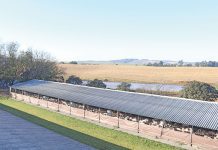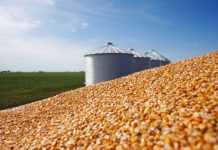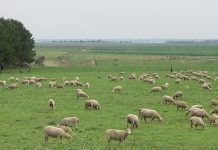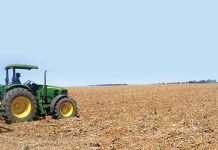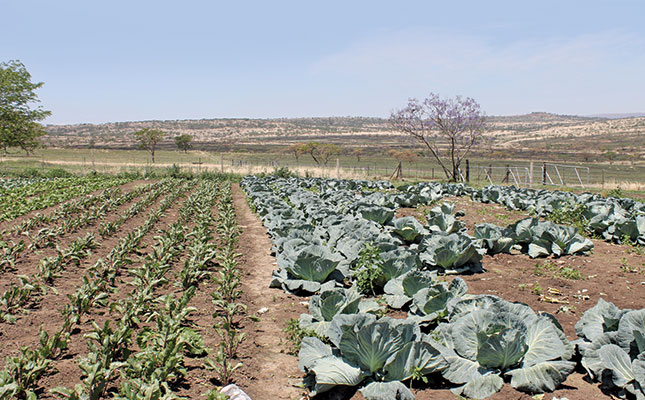
If you grow vegetables to sell, you should keep ‘formal’ records relating to market income, various categories of input, labour costs, and so on. This is a sign that you’re taking your business seriously. However, there are many instances where you would need to record something for which there is no specific category in your filing system.
Yes, you could open a new file, but too many files is as bad as none at all, as you are likely to run out of storage space – and lose track of where things are. For example, you may open a file for a specific land or a specific crop, record some important information, and then forget about it because you have no reason to access the file again.
Daily diary
I have found the best way to overcome this problem is with an A4-size page-a-day diary. I have a shelf full of such diaries and refer to them years later. The beauty of this system is that you don’t have to even try to remember where the ‘miscellaneous’ information was filed. You just have to remember the approximate period, then it’s simply a matter of paging through that section.
It’s also a good idea to ‘train’ yourself to check the diary regularly – that way you’re less likely to forget the information you’ve recorded. Farming is all about seasons and harvesting periods, and these will help you to remember the approximate period when the information was recorded. Sometimes, I can only remember the season and not the year, in which case I go through my collection of diaries, looking only at this period. You’ll be surprised at how little time it takes to find the information you need.
Keep the ‘active’ diary on your desk, and make notes when someone phones or a company rep visits and provides information or advice. Get into a routine by choosing a handy time of the day to fill in other miscellaneous information. For me, this is usually early in the morning or before going home after work.
Information recorded can include weather events, such as hailstorms or other unusual occurrences. (This is assuming you don’t already record weather data separately.) Even better, describe the previous day’s weather in just one line.
Harvesting and spraying records
Some farmers don’t keep records of lands or crops, yet it’s quick and easy to write down how much of each variety was planted on a particular land that day. Even crop-spraying details can be noted in the diary. Harvesting dates can be linked to planting dates, which will help you in later planning. A particular vegetable variety may take a lot longer to reach maturity at different planting dates. Many farmers don’t take note of this, yet they should.
When I worked for a large company, we would plant a set amount of cabbages each week throughout the planting season. This resulted in up to 15 000 bags being harvested one week and then 4 000 a few weeks later, and so on. Through checking my diary, I ascertained that the days-to-maturity varied from 85 days to 130 days, according to different planting dates. Using this information, I was able to plant so as to regulate the quantity, and harvested a steady 7 000 bags/week from the first cut to the end of the crop.
There are so many occasions when one wishes one could remember the timing of an event. Keeping a page-a-day diary ensures a quick, simple, practical way of maintaining complete records.
Issue Date 29 November 2013

